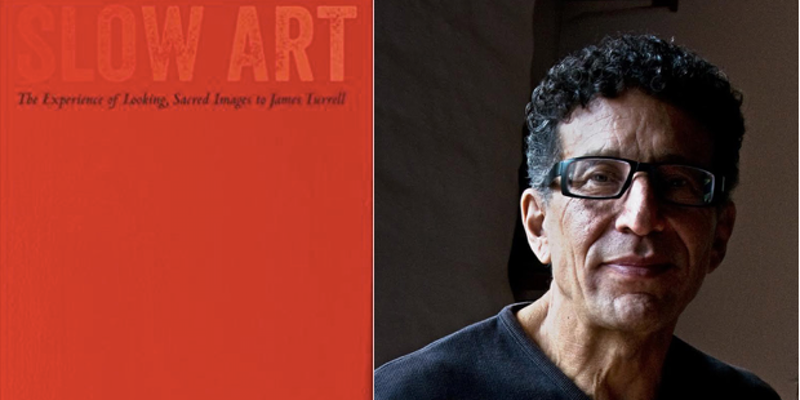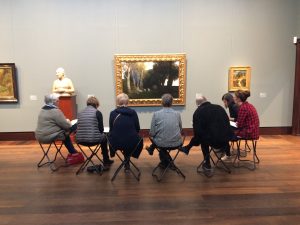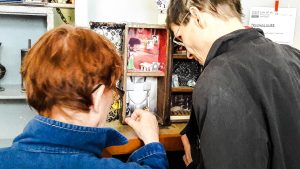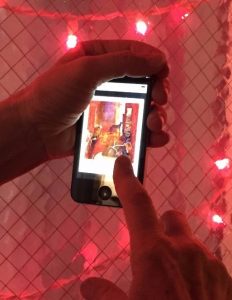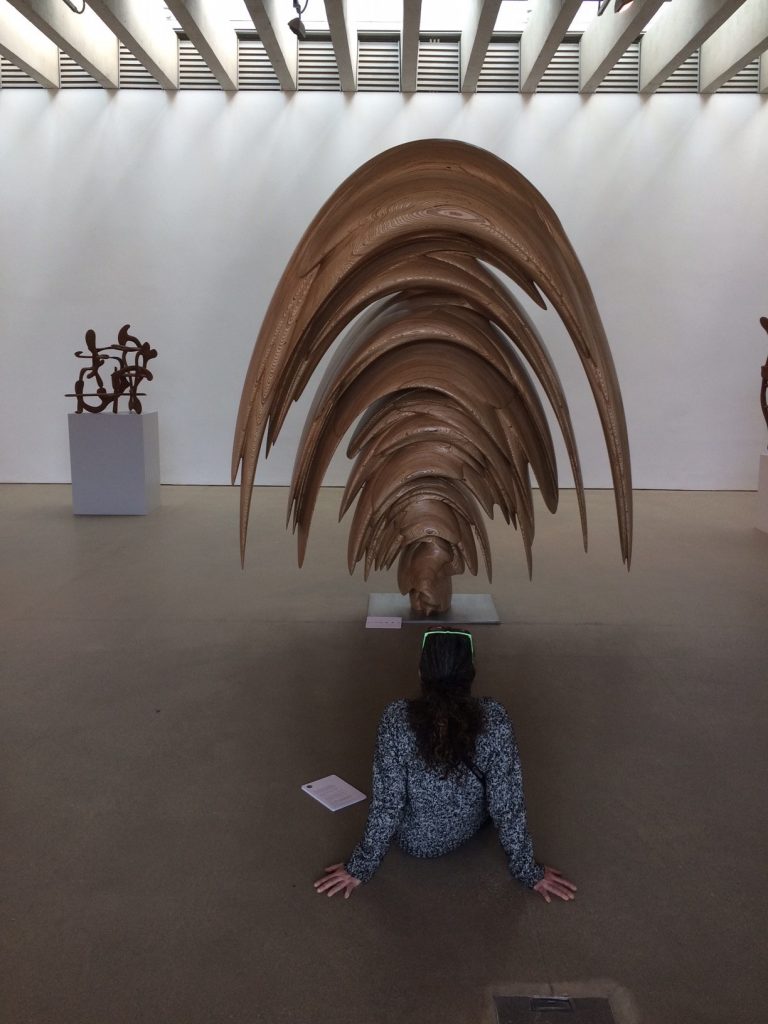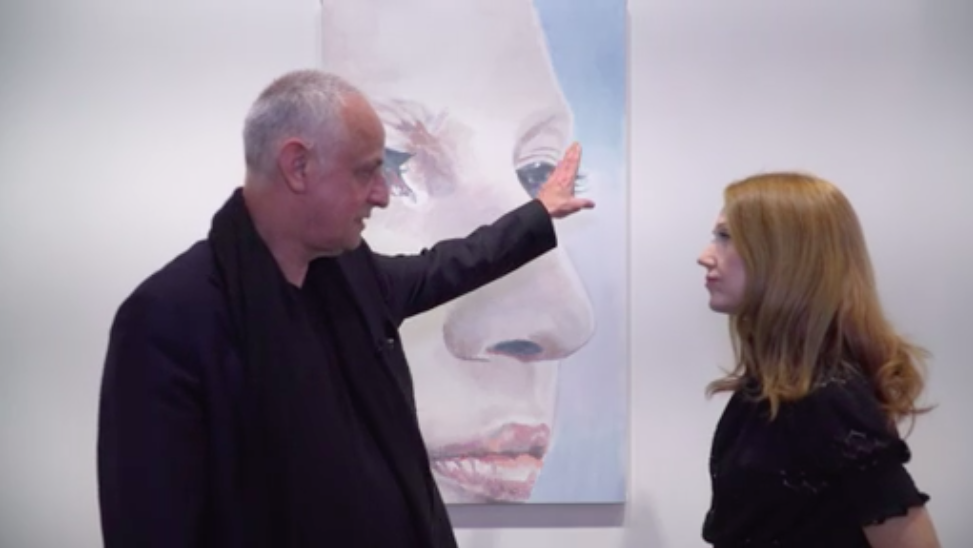For their 8th Slow Art Day, The Patricia & Philip Frost Art Museum in Miami, FL, hosted a live webinar conversation focused on art and wellness with artist Carol Brown Goldberg, facilitated by Miriam Machado, Curator of Education at the Frost Art Museum (click on the image below to watch the webinar).
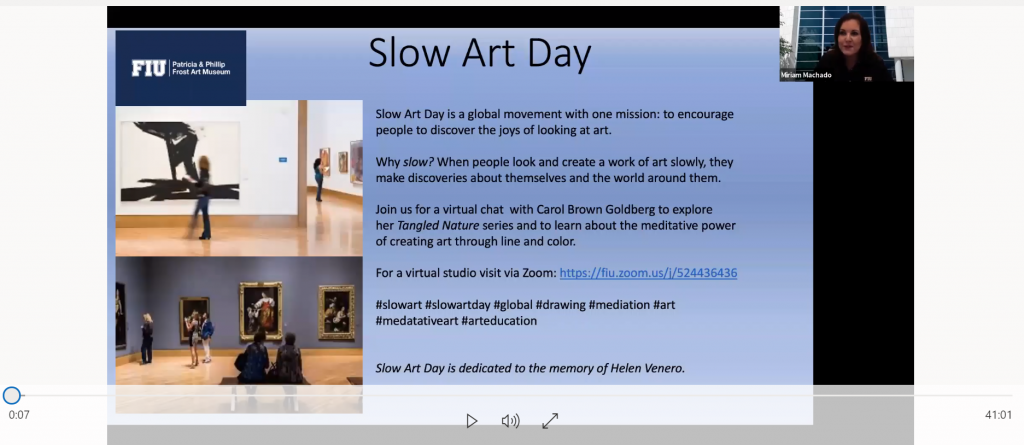
The conversation between Machado and Brown Goldberg was themed around “the meditative power of creating art through line and color”. Among other things, Brown Goldberg said that entangled lines can be seen as a metaphor for understanding our own lives. She illustrated her comments by using two of her artworks as examples: Extravagant Eden 8 (2015) and Maggie on My Mind (2015).
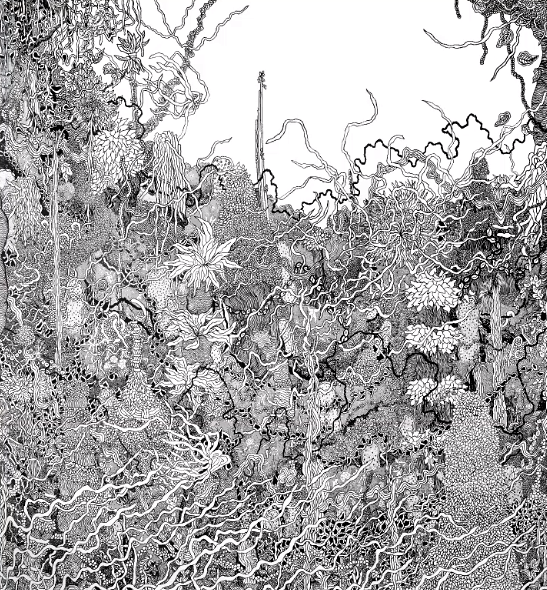

Viewers shared their own reflections and questions with Machado and posted comments on Florida International University’s (FIU) social media pages. When they were asked if the webinar was helpful in thinking about art and wellness, an impressive 96.15% responded “yes”.
Brown Goldberg said that many might come out of the current Covid19 lockdown with a renewed appreciation of the power of slow looking with art, including how it can impact overall health and wellness.
Though 18% of participants were from the FIU community (including professors, staff, and students), most were from out-of-state and even from a range of countries:
- 39% from Florida
- 37% from the Maryland/DC area (where the artist resides)
- 21% from across the U.S. (CA, NJ, NY, MA, MN, VA)
- 3% from outside the U.S. (Germany and the United Arab Emirates)
Further, an amazing 60% of the viewers had never visited the Frost Art Museum, which is a testament to how virtual webinars can bring new audiences to museums.
As Slow Art Day Blog Editor, I absolutely loved this webinar and the reflective dialogue between Machado and Brown Goldberg, and recommend it to anyone wishing to engage in a deeper reflection around art, wellness, science, color and lines.
All of us at Slow Art Day look forward to The Frost Art Museum’s 9th Slow Art Day in 2021.
– Johanna

